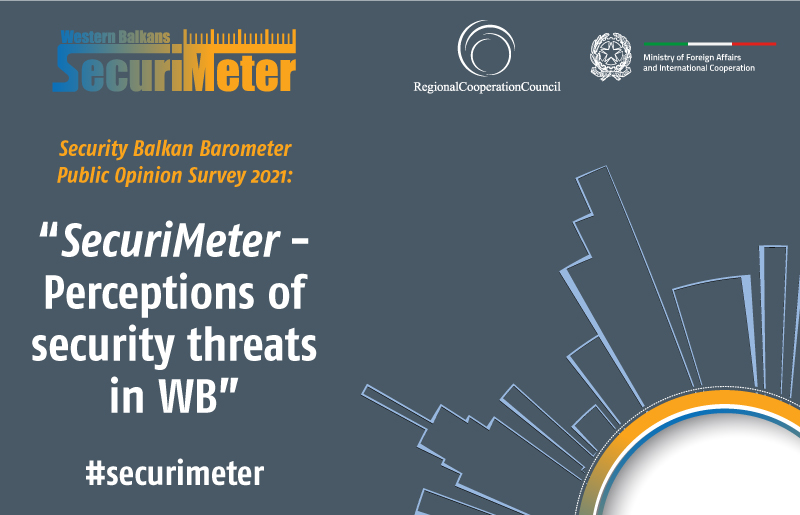- Home/
- Document details
CTC Sentinel – Combating Terrorism Center at West Point, Issue August 2019
| Type | Journalist article |
|---|---|
| Date published | 29.08.2019 |
| Author | CTC Sentinel – Combating Terrorism Center at West Point |
| Description | n our feature article, Michael Knights draws on six research visits to Iraq in 2018 and 2019 to document the expanding footprint region-by-region of pro-Iranian militias in Iraq that were previously labeled “Special Groups” by the United States and in some cases designated as terrorist organizations. Knights assesses “that the Special Groups (not including 18,000-22,000 Badr troops) currently have 63,000 registered per-sonnel ... 15 times the size of the Special Groups in 2010, when there were probably as few as 4,000 Special Group operatives in Iraq (again not including Badr personnel in 2010).” He notes a key driver for their growth in manpower and popularity in Iraq was their role in fighting the Islamic State and liberating Sunni population centers under Islamic State control. He writes that “a pantheon of small-er, newer pro-Iran militias is arguably closer to the Islamic Revolutionary Guard Corps than larger and older pro-Iranian militias such as Badr and Asa’ib Ahl al-Haq” and identifies Kata’ib Hezbollah led by U.S.-designated terrorist Abu Mahdi al-Muhandis as the greatest threat to U.S. interests. With pro-Tehran militias expanding their presence across Iraq and U.S. influence in Iraq reduced since its 2011 troop withdrawal, he argues the United States “needs to be parsimonious and pragmatic if it wishes to push back effectively.”Our interview is with Suzanne Raine, who was the head of the United Kingdom’s Joint Terror-ism Analysis Centre (JTAC) between 2015 and 2017. She outlines to Raffaello Pantucci the lessons learned from her work in counterterrorism and the threat landscape as she sees it. Two articles in this issue focus on the Western Balkans. Adrian Shtuni provides a qualitative and quantitative as-sessment of the security threats posed by foreign fighters and homegrown jihadis from the region. Kujtim Bytyqi, the Acting Director of the Department for Analysis and Security Policies at the Koso-vo Security Council Secretariat, and Sam Mullins outline Kosovo’s experience dealing with returning foreign fighters. Finally, Ross Dayton documents how the Maduro regime in Venezuela has increased its reliance on paramilitary groups, including the Colombian left-wing guerrilla group ELN, which was responsible for the suicide car bomb attack on the National Police Academy in Bogotá, Colombia, in January 2019. In This Issue - August 2019Iran’s Expanding Militia Army in Iraq: The New Special GroupsMichael Knights A View from the CT Foxhole: Suzanne Raine, Former Head of the United Kingdom’s Joint Terrorism Analysis CentreRaffaello Pantucci Western Balkans Foreign Fighters and Homegrown Jihadis: Trends and ImplicationsAdrian Shtuni Returnee Foreign Fighters from Syria and Iraq: The Kosovan ExperienceKujtim Bytyqi, Sam Mullins Maduro’s Revolutionary Guards: The Rise of Paramilitarism in VenezuelaRoss Dayton
|
| Download | EN language |


 Development of specialized PCVE web site is funded by EU FUNDS CN 2017-386/831 - "IPA II 2016 Regional Action on P/CVE in the Western Balkans"
Development of specialized PCVE web site is funded by EU FUNDS CN 2017-386/831 - "IPA II 2016 Regional Action on P/CVE in the Western Balkans"